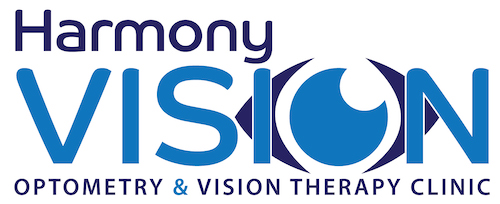Visual Snow Syndrome
Understanding Visual Snow Syndrome &
How Optometry Can Help Manage the Condition
Visual Snow Syndrome (VSS) is a rare and complex neurological condition that affects a person's vision. Individuals with VSS experience persistent visual disturbances, which often resemble the appearance of "visual snow" – a seemingly endless field of small, moving, and flickering dots, akin to static on a television screen.
The additional signs and symptoms that occur with VSS can significantly impact one's quality of life, making it crucial to raise awareness and provide appropriate care. Optometrists play a vital role in helping patients manage Visual Snow Syndrome.
What is Visual Snow Syndrome?
Visual Snow Syndrome is characterized by a range of visual symptoms that extend beyond the presence of visual snow. These symptoms may include:
- Excessive afterimages: Prolonged afterimages or trailing images after an object has moved or a light source has been viewed.
- Light sensitivity: Increased sensitivity to light, known as photophobia.
- Halos around objects: Perceiving auras or halos around objects, especially in low-light conditions.
- Starbursts: Seeing rays or starburst patterns around light sources, such as streetlights or car headlights.
- Floaters: The perception of dark specks or threads drifting across the visual field.
These visual disturbances can be debilitating and may be accompanied by other symptoms like headaches, eye discomfort, and difficulty focusing.
How Optometry Can Help Manage VSS:
Optometrists are trained to diagnose and manage a wide range of visual conditions, including Visual Snow Syndrome. Here's how they can help patients with VSS:
- Comprehensive Eye Examination: Optometrists will conduct a thorough eye examination to rule out any underlying eye conditions that could be contributing to the visual disturbances. This evaluation helps ensure that VSS is accurately diagnosed.
- Symptom Management: While there is no cure for VSS, optometrists can work with patients to develop strategies to manage their symptoms effectively. This may include prescribing tinted lenses or filters to reduce light sensitivity and improve visual comfort.
- Vision Therapy: Optometrists can recommend vision therapy exercises that help improve visual processing and reduce some of the disruptive symptoms associated with VSS.
- Educating Patients: Optometrists play a crucial role in educating patients about Visual Snow Syndrome, helping them understand the condition better and providing support and reassurance.
- Collaboration with Other Specialists: In some cases, VSS may be associated with other medical conditions. Optometrists can collaborate with neurologists and other specialists to ensure a comprehensive approach to managing the condition.
- Ongoing Care: VSS is a chronic condition, and optometrists can provide long-term care and support to help patients cope with their symptoms and make necessary adjustments in their daily lives.
Visual Snow Syndrome is a challenging condition that can significantly affect a person's visual perception and overall well-being. Optometrists are well-equipped to assist individuals with VSS by diagnosing the condition, managing symptoms, and offering ongoing support. If you or someone you know is experiencing persistent visual disturbances, it is essential to seek the expertise of a qualified optometrist who can provide the necessary guidance and care for managing Visual Snow Syndrome.
Resources:
Visual Snow Initiative: https://www.visualsnowinitiative.org/
Visual Snow Simulator: https://visionsimulations.com/visual-snow.htm
